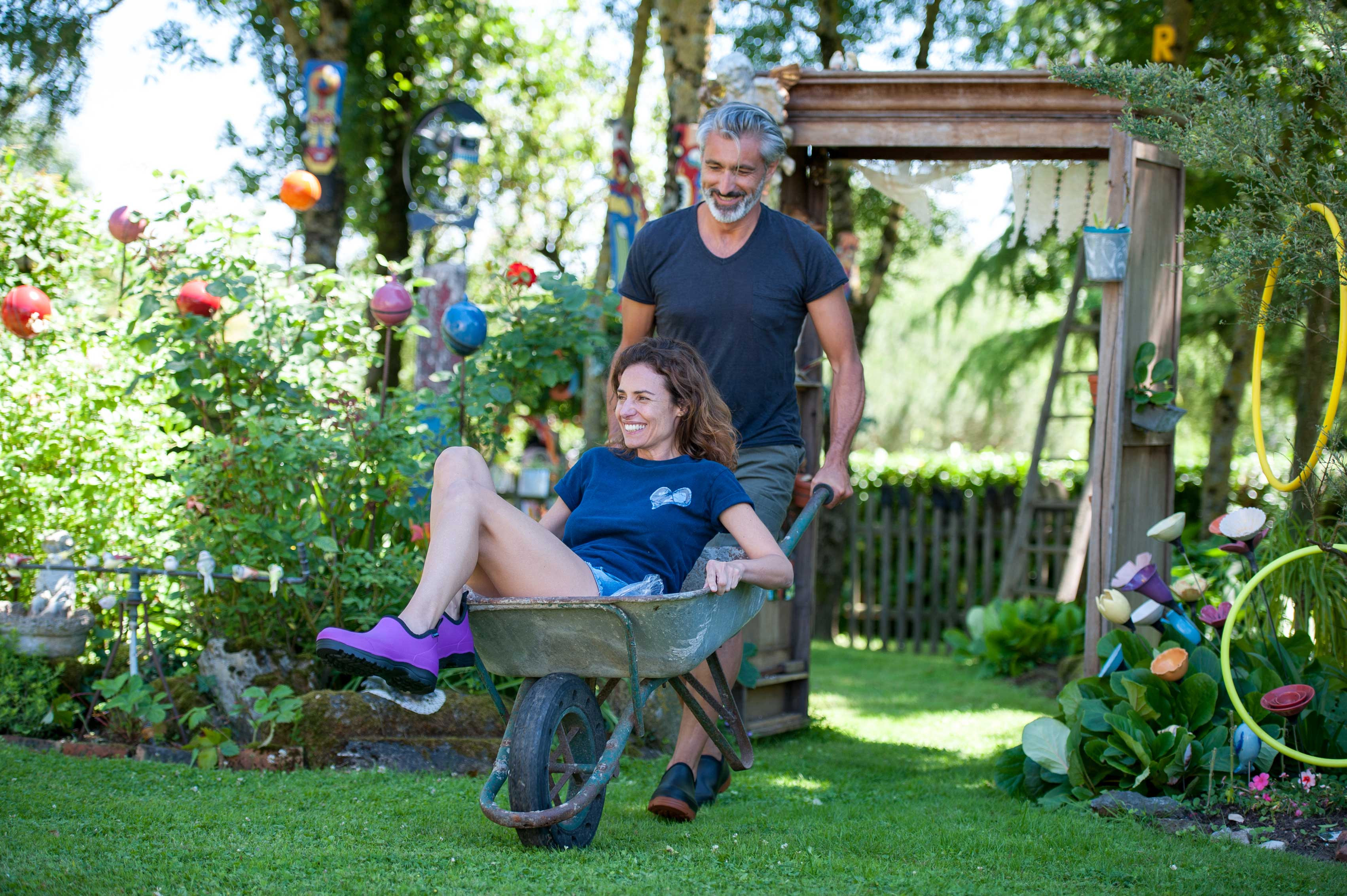Planting your lawn in March
Whether you're an amateur or an experienced gardener, spring is a good time to plant your lawn. In this article, the black fox tells you about grass varieties and the steps to properly plant your lawn at home. We also reveal some of our little tips to maintain a quality lawn.
Grass varieties
For a lawn to remain beautiful and durable, it must be suitable for its intended use as well as the characteristics of where it's planted (resistance to trampling, suitability for a dry or shady location, etc.). Choose seeds with labels (red or eco-sustainable lawn) for a quality lawn.
English rey grass : tolerates trampling well and grows quickly, however it is not very resistant over time and requires more frequent mowing because of its high yield.
Fescue : resistant to drought and disease as its blades are thin, but this variety grows more slowly and propagates with difficulty.
Meadow-grass : tolerates trampling well, propagates easily and is resistant over time. However, it grows very slowly and is susceptible to diseases.
A good lawn might be composed of a mixture of these three varieties.


Steps to planting your own lawn
Choosing your grass : There are several varieties of grass that may be preferred depending on the characteristics of your land (soil structure, sunlight, drainage, etc.) but also depending on its use (ornamental, likelihood of intensive trampling, etc.)
Prepare the soil : Start by weeding the plot thoroughly. Then it will be necessary to turn over and dig the soil. It is important to remove the stones from the area, and then you may amend the soil (in the event that it's too acidic) with crushed limestone. Finally, finish by compacting the soil with a 100 kg roller to eliminate any footprints or imperfections.
Plant the lawn : using a seed drill (practical for large areas) or sow the seeds by hand using a precise and regular pattern, making sure that they are equally dispersed. When you have finished sowing, use a rake to cover the seeds with soil.
Post sowing care : if the following days are dry, it will be necessary to water regularly. When your grass reaches 8 to 10 cm, it's time to mow it for the first time (using the lawnmower's highest position). Then roll again to put the tufts back into place and remove any weeds.
Watering the lawn : It is recommended that you water your lawn only once a week starting in May, during the first warm days. Water thoroughly in the evening (4 to 5 litres per square meter) to avoid evaporation due to the sun.
Fertilising the lawn : in order to achieve a rich and green lawn, it is advisable to fertilise two to three times a year. It is necessary to water generously afterwards, allowing the water to carry the fertiliser deep into the soil.
Mowing the lawn : Mow regularly to stimulate grass growth. You will also avoid weed growth. In spring and autumn (the active growth period), it is necessary to mow once a week (twice for an ornamental lawn).
Eliminating weeds and moss : As of January 1, 2019, non-professional individuals are prohibited from purchasing, possessing and using synthetic phytosanitary products. Regular mowing also makes it easier to eliminate unwanted plants. An annual lawn scarification is helpful in eliminating moss. Finally, don't hesitate to pull up weeds by hand, taking care to remove the root.
Reseeding your lawn : It's normal for your grass to yellow in some areas. When this happens, the affected areas must be scraped off and removed, and then special re-seeding seeds must be sown (these provide high-quality growth and are specifically designed to develop very quickly). Next, cover with a thin layer of topsoil, compacting with the back of a shovel to crush the seeds. Then, water abundantly and finally, as soon as the stalks have grown enough, repeat the mowing process.
Tips for maintaining a quality lawn
- Compacting is still best done by foot! Stamp down, directly after cultivating, with the full weight of the body from left to right. Rake lightly before seeding.
- The best time to seed your lawn (which varies by region) is from May to the end of August.
- After sowing, water lightly because the run-off gathers the seeds in clusters, thus making the lawn uneven.
- Sow more heavily on the edges of the lawn. At the ends of the plot, make a very small furrow and sow a row of seeds to clearly define the boundaries.
- Remember to clean your tools to avoid the spread of diseases and parasites in the lawn.
- To keep your lawn green and save water, set your mower's cutting height to about 7 cm as tall grass is more resistant to drought.
- For a more efficient cut, do not mow too early in the morning. The lawn must be dry.
- An ornamental lawn is mowed short (2 to 3 cm) while a lawn for relaxation/sports is mowed to 5 cm.
The difference between a green and a lawn ?
A lawn is a man-made, maintained area while grass, on the other hand, is natural (i.e. it appears without human intervention).
Now that the black fox has given you all the tips you need on how to achieve a lawn that's as immaculate as a golf course, we look forward to seeing your results. Don't hesitate to share them with us on our social networks using the hashtag #OnSeMetAuVert!








